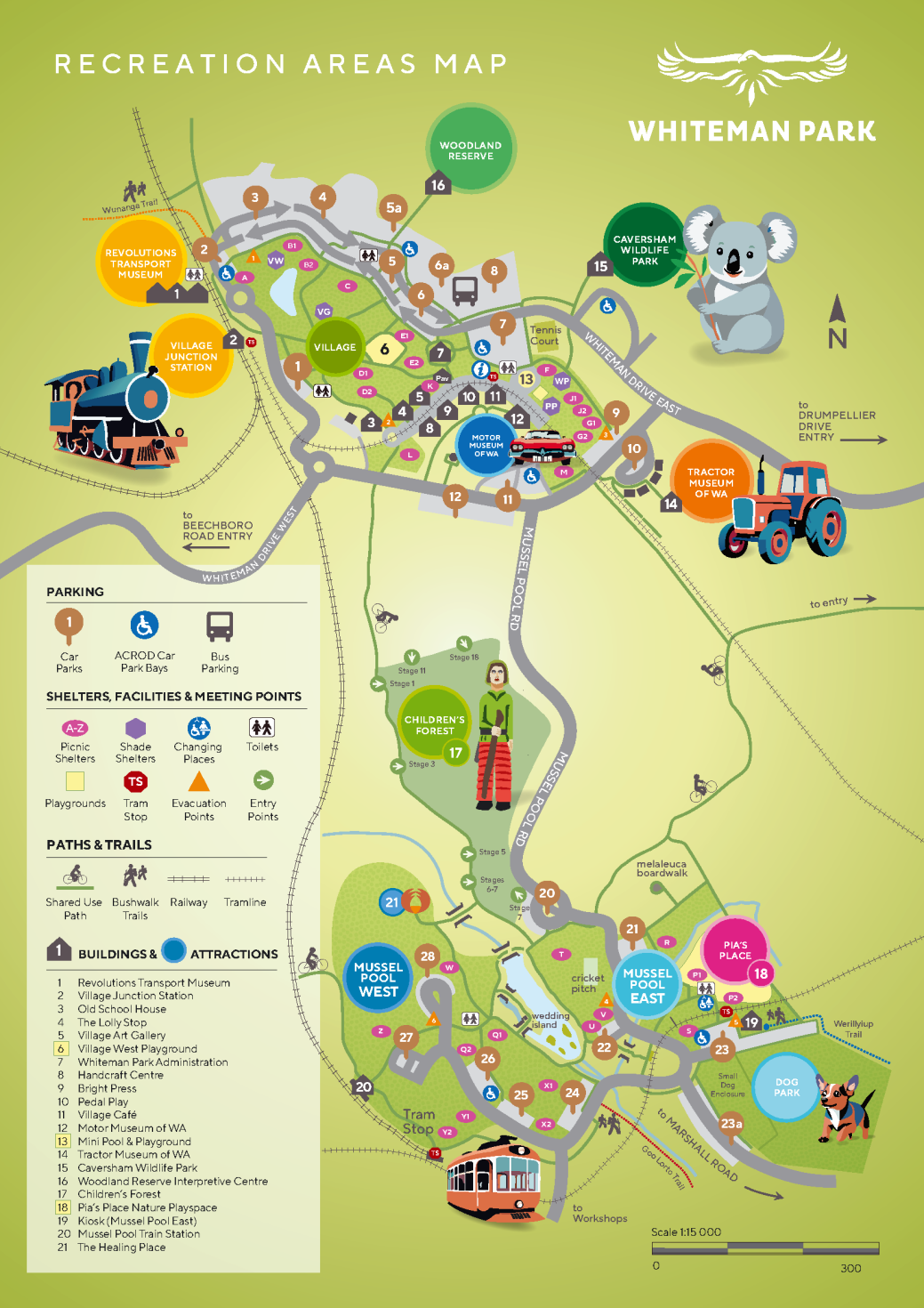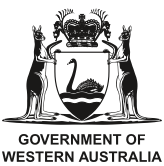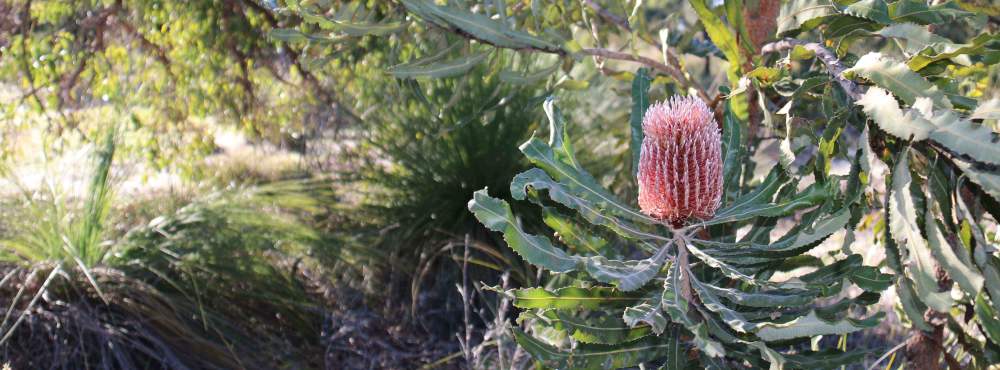
Whiteman Park is renowned for its natural beauty, environmental significance and its role in protecting the Gnangara Water Mound, an important source of groundwater that provides a substantial percentage of drinking water to the Perth metropolitan area.
Nearly half of the Park’s land is retained for the conservation of wildlife, providing a protected habitat for a wealth of plant and animal species native to the area too. Here, in the midst of suburbia, you can still see kangaroos grazing, goannas basking in the sunshine and wildflowers blooming throughout the year.
Although sections of the southern and eastern areas of the Park were cleared and used for grazing during the 1930s and 1940s, significant vegetation corridors have been retained. Management of remaining tracts of natural bushland, in conjunction with the rehabilitation of degraded areas, is enriching the existing biodiversity values of the Park.
Covering an extraordinary 2,200 hectares, the conservation area encompasses a range of diverse habitats, as the sands of the Swan Coastal Plain in the region support woodlands of marri, jarrah and banksia, extensive heathlands, melaleuca wetlands and unique ephemeral damp lands.
Over a period of thirty years, considerable environmental research has been undertaken into the wildlife and ecology of the Park. This ongoing research enables us to optimise the management of our wonderful natural environment to ensure its enjoyment for future generations.
In this section




